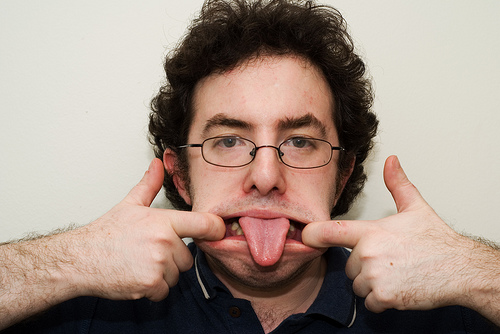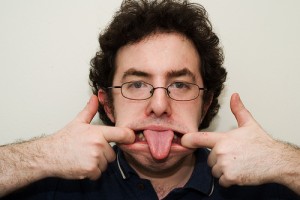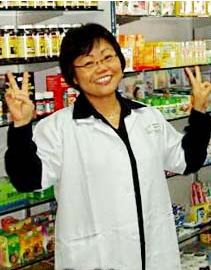Make a face in the mirror. Make another. OK, now make another face.
Make sure they are funny faces.
We adults are so silly. We sometimes get so caught up in our serious worlds that we forget to act silly. And that is silly, because acting silly is a great stress reliever. It is a great reminder of our own humanity. It helps us to go easier on ourselves for our slip-ups. It connects us with our selves.
It’s not that we are happier when we act silly, as much that we are usually happier if we act silly every now and them. Acting silly is like a release valve, and all the tensions and all the guilt and all the negative energy is allowed to dissipate into the atmosphere.
So go ahead and make a silly face in the mirror.







